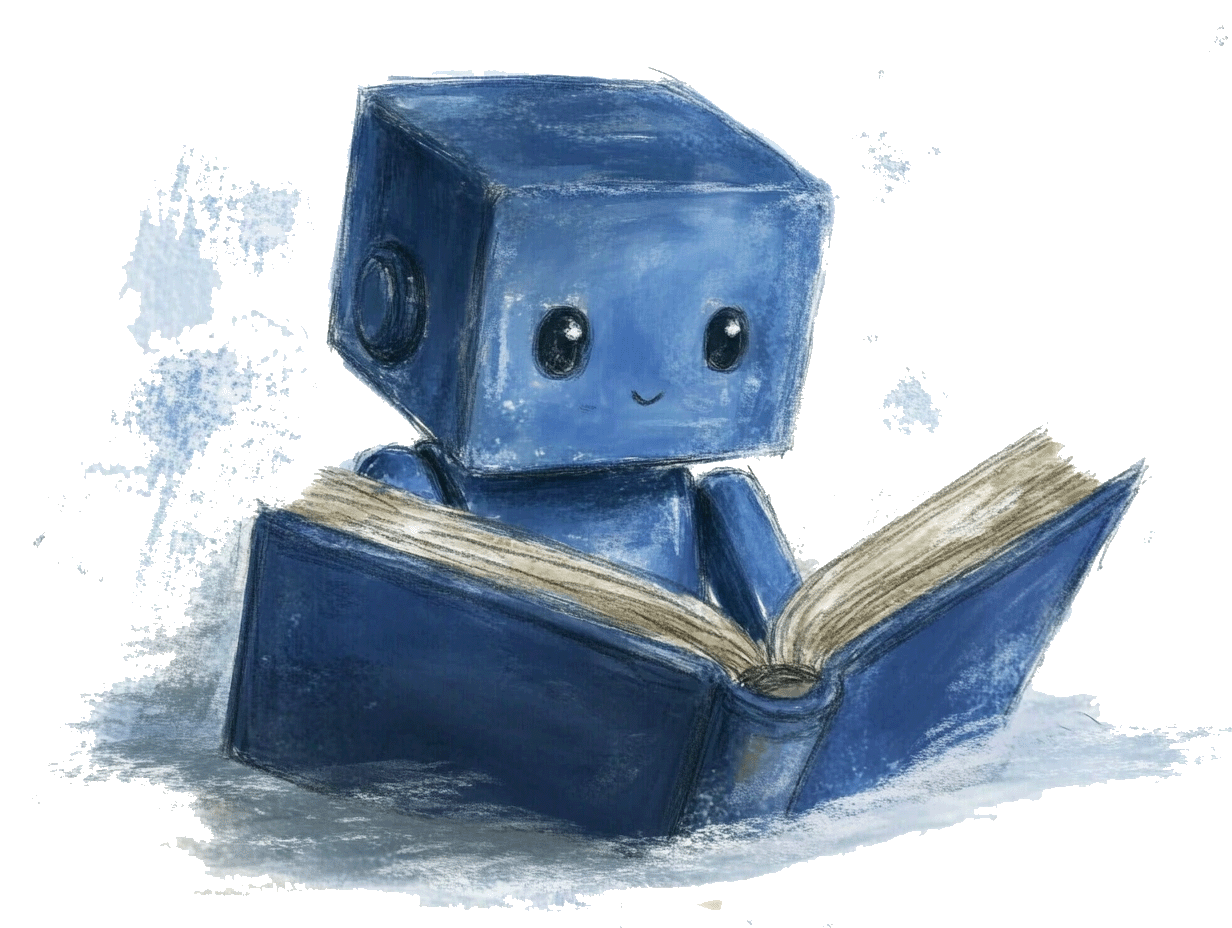Table of Contents
The best way to learn and master a new technology is by keeping your hands on the keyboard and creating a PoC with those new tools.
The field of artificial intelligence is rapidly evolving, and one of the most promising advancements is the integration of Retrieval-Augmented Generation (RAG) for AI assistants. This approach enhances the capabilities of large language models (LLMs) by allowing them to dynamically retrieve relevant information from external sources, making AI assistants more responsive, accurate, and context-aware.
Understanding RAG-Based AI Assistants
RAG is a hybrid AI framework that combines two essential components: information retrieval and text generation. Unlike traditional AI assistants that rely solely on pre-trained knowledge, RAG-based systems can query databases, knowledge bases, or the web in real-time to incorporate the most up-to-date and relevant data into their responses. This results in more informed and contextually accurate interactions.
By integrating retrieval mechanisms into LLM workflows, AI assistants can provide real-time insights, source citations, and personalized recommendations. This methodology is particularly useful in domains where static AI models fall short due to rapidly changing information, such as healthcare, finance, and technical support.
Why We Are Experimenting with RAG
Our ongoing proof-of-concept (PoC) work is focused on leveraging RAG to build AI assistants that can handle complex queries with greater precision and adaptability. Traditional AI models often struggle with outdated or incorrect information, while RAG mitigates this issue by continuously incorporating new data into decision-making processes. This makes AI assistants more reliable, reducing hallucinations and improving factual accuracy.
We are particularly interested in developing RAG-powered AI assistants for business intelligence, knowledge management, and workflow automation. These assistants can analyze vast amounts of structured and unstructured data, extract key insights, and generate actionable recommendations. The ability to retrieve information dynamically ensures that users receive the most relevant answers, tailored to their specific needs.
Challenges and Opportunities
While RAG presents significant advantages, it also introduces technical and operational challenges. Efficient indexing, latency management, and ensuring the credibility of retrieved data are critical considerations. Additionally, fine-tuning retrieval mechanisms to optimize search relevance remains an ongoing area of research.
Despite these challenges, the potential of RAG-based AI assistants is undeniable. As open-source and enterprise solutions continue to mature, we anticipate that retrieval-augmented models will become a standard component in intelligent automation, redefining how AI interacts with knowledge and decision-making processes.
Looking Ahead
As we refine our PoC implementations, we aim to explore the full spectrum of RAG’s capabilities in real-world applications. The future of AI assistants lies in their ability to retrieve, process, and generate insights in a seamless and efficient manner. By integrating RAG into our AI architectures, we are building the foundation for the next generation of intelligent systems that are not only reactive but also proactively informed by real-time data.



